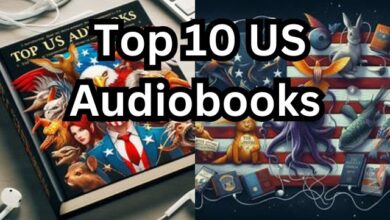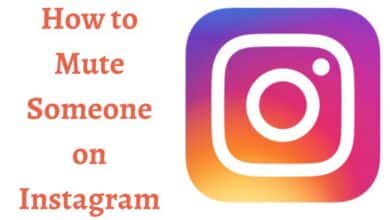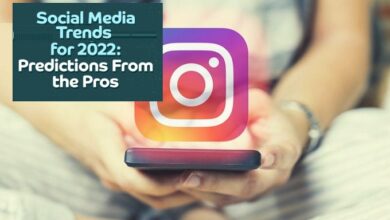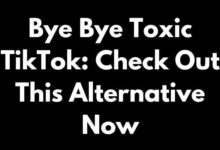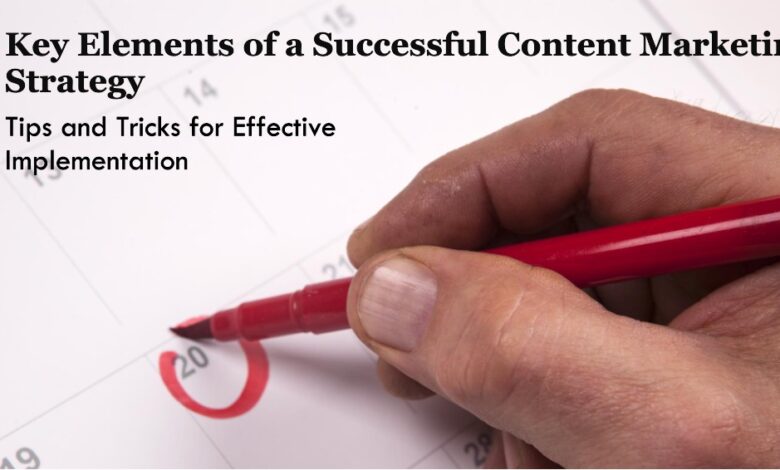
To enhance online visibility and engage target audiences effectively, businesses should create a content marketing strategy that incorporates compelling storytelling, relevant keywords, and a consistent publishing schedule
Ever felt stuck for content ideas after a few posts on TikTok or other social platforms? I’ve been there too. But I discovered a game-changer: a content marketing strategy. It’s a comprehensive plan that includes keyword research, audience analysis, buyer journey, funnel stages, content types, distribution plan, and success metrics. Sounds overwhelming? Don’t worry, I’ll guide you through the steps to create one.
A content strategy aligns with your marketing goals, so you’re not just making a TikTok video because the sound is trending. It’s based on your audience’s needs and interests, increasing your chances of success. So, you’re not just posting content, you’re posting content that matters.
Steps to create a content marketing strategy
Set Smart Goals
Setting clear and achievable goals is crucial as it guides your strategy. These goals should reflect your current situation and desired outcomes.
Here are the simplified business goals:
- Increase Instagram Following: Grow Instagram followers from 194 to 1,000 in the next 2 months.
- Boost Sales: Achieve organic sales of 100k (naira) in the next 2 months. Currently, the business has inconsistent sales and limited budget for ads.
- Expand Social Media Presence: Establish a presence on TikTok and Facebook with about 500 followers on both platforms.
Remember, goals should be SMART – Specific, Measurable, Achievable, Relevant, and Time-bound. This ensures your strategy is focused and results can be effectively measured.
Audience Research
Understanding your audience is key. You need to know who they are, where they consume content, their challenges, and what content engages them most. It’s helpful to create a buyer persona, a visual representation of your ideal customer. You can achieve this by using focus groups, interviews, questionnaires, and other methods.
Research Competitors
Researching competitors is crucial. There are two types: direct and indirect. Direct competitors offer similar products to the same audience, while indirect competitors target the same audience with different products. Identifying and analyzing top industry players can reveal successful strategies and potential gaps to fill. A SWOT analysis of 3–5 competitors can provide valuable data.
Threats
- Competitors have dedicated workspaces and offer training, a significant income source.
- They also provide catering services.
Opportunities
- Few competitors consistently post content online, presenting an opportunity to build trust through content.
- Behind-the-scenes videos, such as icing a cake or packing an order, are popular and could be a successful content strategy.
Complete Topic and Keyword Research
After understanding your audience and competitors, it’s important to discover what your audience is searching for online. You can do this using various tools, or simply by using Google or YouTube. By typing in your area of interest, these search engines will suggest popular searches. These relevant keywords can inspire new content ideas.
Review your content and existing channel
Evaluate your current content and channels. Are you using Instagram, a website, TikTok, or another platform? Identify which content has generated the most sales and engagement. Analyzing successful content and channels can provide valuable insights.
Brainstorming process and key considerations:
After researching, you’ll have a better understanding of what your audience is interested in. Use this information to brainstorm content ideas. Don’t limit yourself to keywords; the more ideas, the better. Also, consider where and how your content will be presented. Will it be on a blog, website, or social media? Will it be an interview, template, video, etc.?
For instance, if you’re a tech company, you might come up with ideas like:
- How to choose the right software for your business.
- A step-by-step guide to setting up a secure network.
- Typical errors made when designing websites and how to prevent them.
- The importance of regular system updates.
- How to defend your information against online dangers.
- A comparison of different cloud storage options.
- Tips for improving website SEO.
- How to pick the appropriate hardware for your requirements.
Your content can be distributed across various channels like Instagram, TikTok, Facebook, YouTube, or a blog, depending on where your target audience spends their time. Remember, each channel may require a different content format. For instance, Instagram is great for visuals, while a blog is ideal for detailed posts. If you’re a bootstrapped company, focus on maximizing the resources you currently have.
Group your Content Ideas
At this stage, you should categorize your ideas based on the stages of the customer journey: awareness, consideration, and decision.
Top of the funnel: This stage is for those just discovering baking or cakes. They’re not necessarily looking to buy, but are consuming content for relaxation, learning, or entertainment. For example, a short video on Instagram or TikTok showing how to decorate a cake.
Middle of the funnel: This content is for those who have identified their problem and are looking for solutions. They might search for things like “how to bake chocolate chip cookies”. Longer-form content, like instructional videos, can be useful here.
Bottom of the funnel: These individuals are ready to make a purchase. They’re likely browsing your page, looking at product images, and reading reviews and testimonials. User-generated content, like reviews or customer reaction videos, can be effective.
Post Purchase Content: Consider what follow-up content buyers will need to use your product. For a bakery, this could be tips on preserving cakes or creative ways to enjoy them.
Plan Your Resources
It’s time to get practical! You have a wealth of great ideas, but you need to consider what resources are required to execute them. When will you implement them? Organizing your content strategy in a calendar can be helpful. This calendar should detail:
- Keyword: The main focus or topic of your content.
- Content Type: The format of your content (e.g., blog post, video, infographic).
- Funnel Stage: The stage of the customer journey your content targets (awareness, consideration, decision).
- Distribution Channels: Where you’ll share your content (e.g., website, social media).
- Title: The headline of your content.
- Editor: The person responsible for creating and reviewing the content.
- Status: The current progress of your content (planning, drafting, reviewing, published).
- Assets: Any additional resources needed for your content (e.g., images, data).
- Publish Date: When your content will go live.
- Distribution Strategy: How you plan to promote your content.
Read Also: 5 Best Tools that Help You Bypass AI Content Detection
Create Content
When creating content, always prioritize your audience. In an era where attention is a valuable commodity, your content must provide value. For written content, clarity is key. Use simple terms and incorporate storytelling. Don’t worry if you don’t perfect it right away, it’s a learning process.
Read Also: Why Marketing is Important For a Good Website
Finally, Share content
Keep it simple. Share your work with the world. Use one platform to boost your content on another, like promoting an Instagram post on WhatsApp and vice versa. While paid ads can back your content, it’s not recommended if you’re just starting out or on a tight budget. Remember, you can repurpose content after 3-6 months by breaking it down into smaller pieces.
Track Your Result
Track your results. It’s crucial to know if your efforts are succeeding or not. Here are some key metrics to measure your marketing efforts (adjust as needed for non-website/blog contexts):
- Organic search traffic
- Session duration, dwell time, and bounce rate
- Social media engagement
- Conversions
- Lead generation
- Keyword ranking
- Backlinks
- Sales
- Topical authority
In short, with the right content strategy, you’ll build a loyal customer base, your brand will be easily recognizable, and you can confirm this with Cowrywise.”

